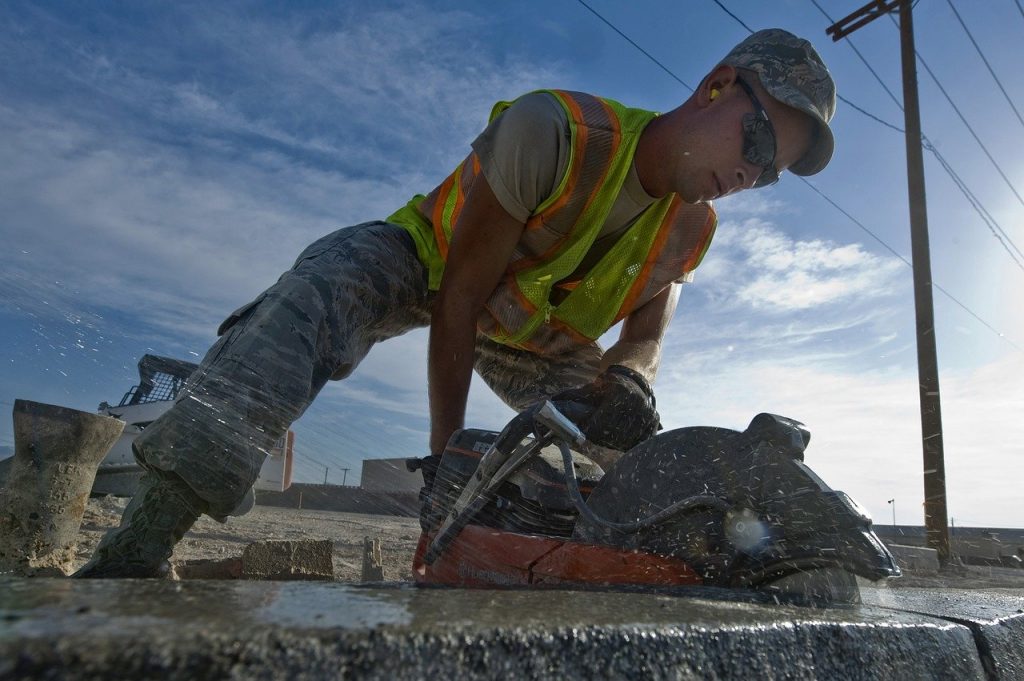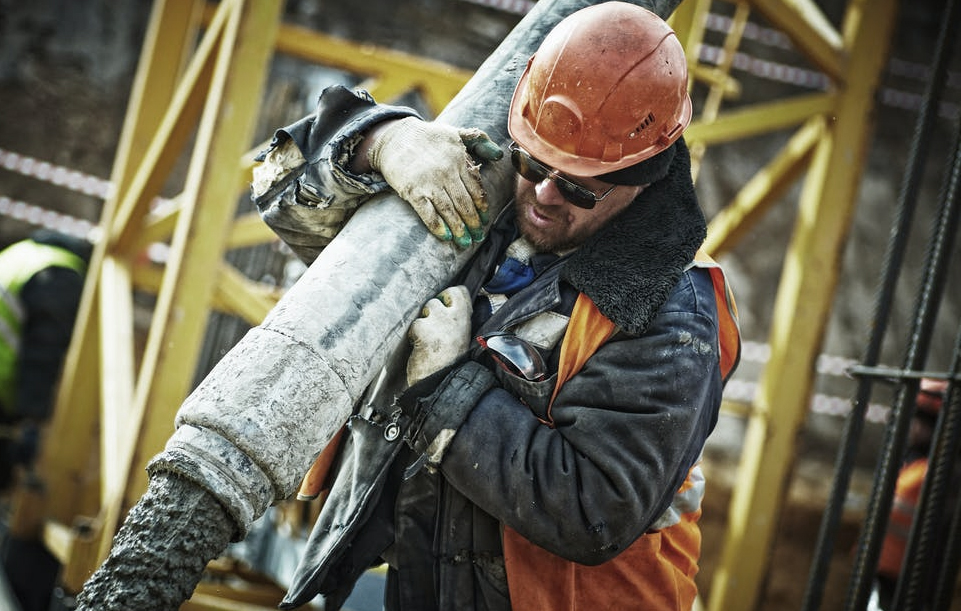Hazardous noise (85 decibels or higher) is one of the most common causes of hearing loss in adults. It’s present in a range of industries and workplaces, including the building industry and manufacturing facilities.
Constant exposure to hazardous noise has the potential to damage the structure of an adult’s inner ear, resulting in sensorineural hearing loss, also known as noise-induced hearing loss.

Adults aren’t the only ones at risk here, as the utilization of earbuds and headphones is putting adolescents at risk as well.
In this article, we cover everything you need to know about noise-induced hearing loss (NIHL), from what it is and its symptoms to means of prevention and treatment, so stick around.
What Is Noise-Induced Hearing Loss?
Noise-induced hearing loss is damage done to the tiny hair cells (stereocilia) within the inner ear. Basically, when the ear is exposed to hazardous noise, powerful vibrations occur in the hair cells, damaging them in the long run. In most cases, the damage is permanent (irreversible).
When hair cells are damaged, they become incapable of sending electrical signals to the brain, which basically impairs the person’s sense of hearing. Unfortunately, hair cells cannot regrow or be replaced, which is why noise-induced hearing loss is irreversible.
Noise-induced hearing loss isn’t only associated with continuous exposure to loud noises; it’s also associated with exposure to short yet very loud noises like explosions and gunshots.
The condition tends to occur over extended periods of time that could span years. So, even though you may not feel affected by hazardous work-related noise at the moment, you’re bound to notice its effect on your sense of hearing after a few years of exposure.
How to Identify Hazardous Noise?
As mentioned in the introduction, hazardous noise is identified as sounds that exceed the 85 decibels threshold. One must keep in mind, however, that noise-induced hearing loss is influenced by factors such as how often and how long a person is exposed to hazardous noise. One must also factor in the distance between the noise source and the person hearing it.
That said, you can still develop noise-induced hearing loss from sounds that are below the 85 decibels mark, simply because of how long and how often you’re exposed to these sounds, in addition to how close you are from the source.
Okay, so how can you identify hazardous noise? Well, all you have to do is download a decibel meter app on your smartphone, such as “Decibel X” or “Too Noisy.”
A clear indicator that you’re in an overly loud environment is when you have to lean too close to a person or shout in order for your speech to be heard.
Please note that close-range exposure to extremely loud noises like a gunshot from a 12-gauge shotgun (160 decibels), for example, can result in immediate and permanent damage.
What Are the Symptoms of Noise-Induced Hearing Loss?
There are a few telltale signs of potential noise-induced hearing loss. If you experience any of these signs, it’s highly recommended that you seek help from a hearing care professional. The signs include:
- The inability to comprehend what others are saying as if they’re mumbling
- Mild pain in your ears after getting exposed to hazardous noise levels
- Receiving constant comments about how loud or shouty your speech is
- Experiencing tinnitus (ringing or buzzing sounds) after noise exposure
- Although it’s pretty rare, you may experience diplacusis (double hearing)
It’s also worth mentioning that there are other side-effects to long-term exposure to hazardous noise apart from hearing loss, including stress, insomnia, anxiety, increased heart rate, and high blood pressure. If you suffer from any of these side-effects, seek hearing care right away.
How to Prevent Noise-induced Hearing Loss?
As mentioned earlier, noise-induced hearing loss is an irreversible condition, and so it’s pretty important to take precautionary measures if you’re going to put yourself in a loud environment.
Earmuffs are an excellent way to prevent noise-induced hearing loss. We recommend opting for earmuffs that cover the entire ear, as they’re able to lower noise levels by up to 30 decibels.

For optimal results, we recommend pairing earmuffs with disposable foam earplugs, which you can get from a drug store or hardware store. Disposable foam earplugs are also able to reduce noise by up to 30 decibels, so combining them with earmuffs will significantly help with keeping hazardous noise levels at bay.
If you’re into louder music such as hard rock and heavy metal, try reducing the volume to a moderate level, especially if you use in-ear earbuds. If you’re using loud music to block out hazardous noise in a workplace, you’re not really doing your ears any favors.
If you use loud machinery, we highly recommend lubricating the machinery on a regular basis to reduce friction. It’s also worth pointing out that there are various machines that can be equipped with mufflers or bearings that help reduce their noise levels.
What Compensation Can Hearing Loss Claims Provide?
Workers with an accepted hearing loss claim may be eligible for reduced costs with hearing care services and devices. They may also be eligible for an impairment benefit.
Furthermore, workers with accepted hearing loss claims may receive payments on a weekly basis if their work capacity is affected by their impairment.
Hearing loss claims are assessed carefully based on guidelines provided by national research divisions and organizations such as the National Acoustic Laboratory (NAL), utilizing methods to calculate and subtract hearing loss associated with the aging process as well as other factors.
Final Thoughts
We don’t need to tell you how vital it is to avoid hazardous noise. It’s not always a privilege, but you can still take precautionary measures to reduce the risk of noise-induced hearing loss.
You need to be mindful of your surroundings so that you can detect hazardous noise and take action right away. For instance, if you’re going to use noisy machinery, wear some earplugs. If you’re stuck in traffic and it’s noisy, roll up your windows. Just find a way to reduce the noise.
